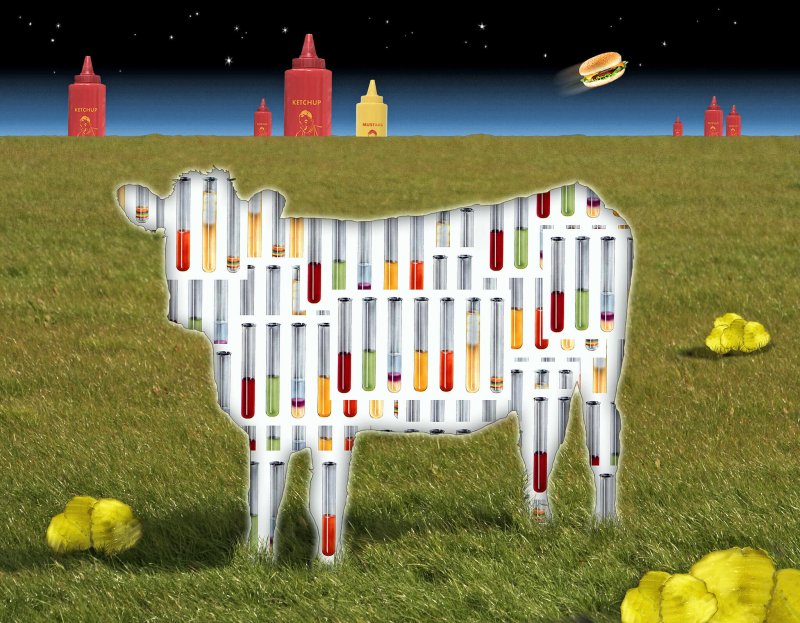At a glance, the formula for cultured – or lab-grown – meat is simple. Take some animal cells, feed them on a nutrient-filled broth so they duplicate lots of times, then alter that broth slightly so the cells turn into the constituent parts of meat: muscle, fat, and connective tissue. Perfect this recipe and we could – theoretically – satiate the entire planet’s hunger for burgers and steaks with cells taken from a single cow.
Getting those cells right is a make-or-break issue for the cultured meat industry.
With the right cell lines, cultured meat could go from an extremely niche food to a genuine rival to big beef. Bioreactors the world over would slosh with cultured steaks and sausages and our insatiable hunger for meat could be met not by environmentally ruinous mega-farms but by cutting-edge bioreactors with (potentially) a fraction of the environmental impact. Fail to find the right cell lines, however, and the cultured meat dream could remain the preserve of high-end dining and public relations events. To feed the world – and potentially save the planet – scientists need to find the perfect starting cells.































